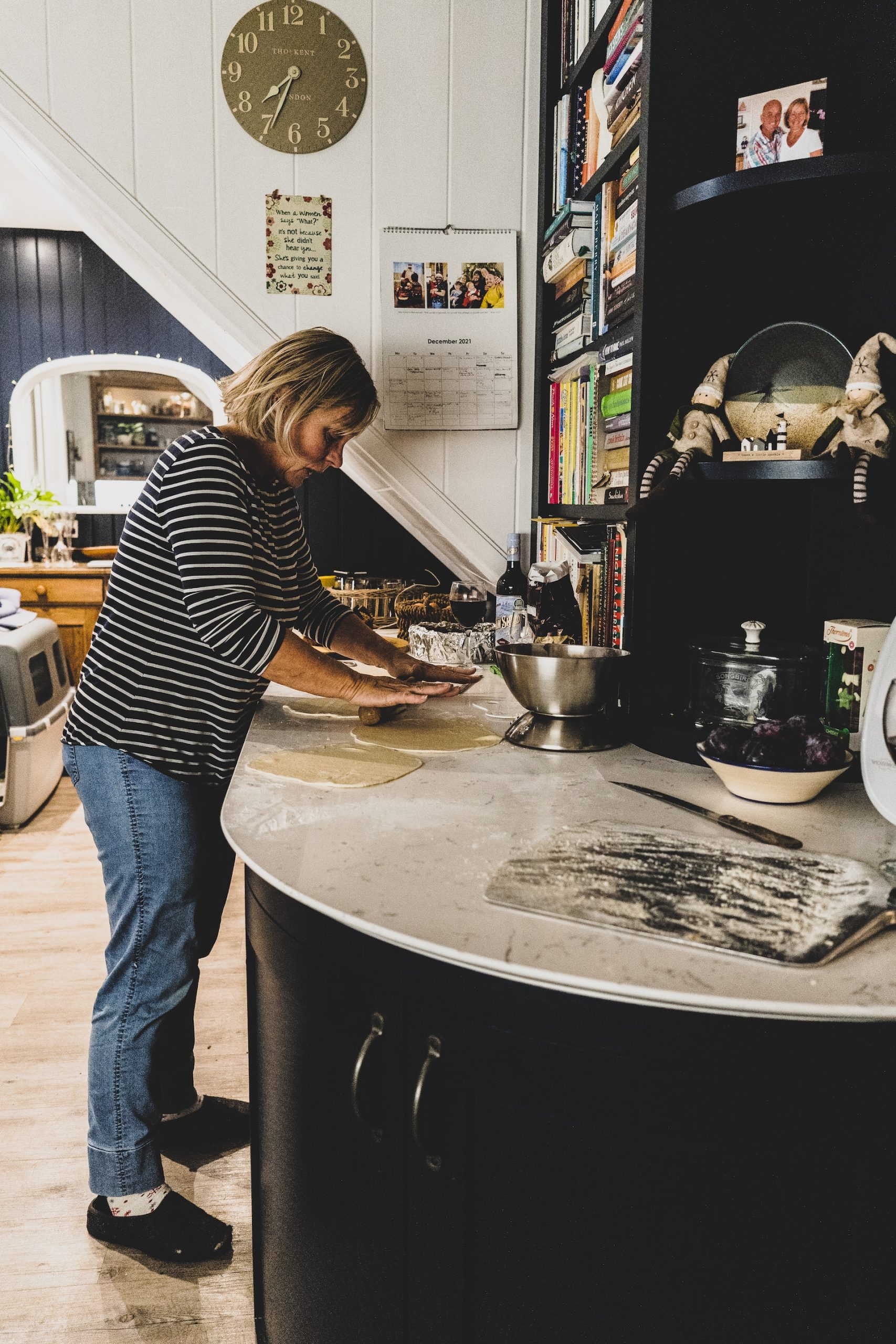In Britain, there is a growing interest in building your own home. There are many reasons someone might want to do this. In this article we’ll be looking at some of these reasons, and what help the Government can offer you if you are interested in self-build homes.
What's Included?
Why self-build?
Self-building your home can be significantly cheaper. It can help you avoid nasty surprises that an older house might have hiding within. It can also be more environmentally friendly.
For example, you can build a home designed from the ground up to have a high EPC rating, thus saving you a lot of money on energy bills.
On the other hand, it does require a lot of work, time and resources. Rather than going through the usual homebuying process, you instead need to find and purchase a plot of land. You then buy materials and pay labour costs.
As a result, while building your home you’ll have to find ways to accommodate yourself elsewhere during construction. This may include living in a caravan on-site.
As part of the process you’ll usually be expected to take some part in managing the project. This means you need confidence in your ability to take charge and know the ins and outs before you start.
The right to build
The main organisation that promotes custom and self-build homes in England is the National Custom and Self Build Association, or NaCSBA for short. NaCSBA’s stated mission is to “make custom and self-build a mainstream choice for all those seeking a home of their own”. They run the Self Build Portal.
Currently, it is only in England that the law requires local authorities to give people a right to build their own homes.
Under the Housing and Planning Act 2016, all local planning authorities in England “must give suitable development permission in respect of enough serviced plots of land to meet the demand for self-build and custom housebuilding in the authority’s area arising in each base period”.
In other words, your local authority must ensure that they make plots of land available. They must meet demand for self-build and custom housing. Furthermore, they must give prospective self-builders planning permission to do so.
How does it work?
Before you can build a home, you must first register your interest in a plot. The Self Build Portal handily lets you do this. Everyone in England is entitled to register for a plot under “Right to Build” legislation.
There are several routes by which you can build your own home.
You can simply acquire an empty plot of land that has been approved for house-building, then get planning permission. You can then build your home on top of that. This option gives you the greatest amount of freedom. However, it can also prove costly depending on how much work you’re willing to put in.
Alternatively, you can go through what is called Custom Build. In Custom Build, you and several others acquire a plot on a large area of land to build your own homes on. In this case, it is possible you’ll be restricted in exactly how you build your home. You may have to use the same developer as your neighbours and the same house design.
You can also set up your own housing association with a group of like-minded people and build your own small community. In this case, there is a restriction in what types of homes you build. You’ll all agree to build homes to a very similar design. It is much easier to do things this way. You and your neighbours cover project management jointly, rather than alone.
What it all comes down to is how much freedom you’d like in being able to build the home you want, versus cost efficiency. Are you willing to sacrifice freedom for cost, or vice-versa? You need to make your mind up before you go any further!
Funding a self-build
In the UK, the cost to build a house starts at £1,750 per metre squared, running up to £3,000 per metre squared. That’s according to Urbanist Architecture, a London-based architectural firm.
According to the NaCSBA, there are several ways to finance a self-build home. You can use your savings, should you have them. Or, you can take out a mortgage on your proposed home. If you already own a home, you can sell it and use what you make from the sale to finance the build. You can, of course, combine these as you see fit.
Mainstream lenders generally don’t provide self-build mortgages, so you will have to contact a specialist lender. You can do this either through a broker or by researching to find one that suits you.
You will have to think about your costs. Remember, your labour costs will be lower or higher depending on how much work you personally are willing to put in. If you’d rather commission the project and let other people handle the management and labour, then the project will cost more.
If, however, you’re willing to take initiative and be more hands-on, which is easier if you have experience in project management and construction, your labour costs won’t be quite as hair-raising. It’s your call on how you want to approach things.
Self-build in Scotland
Scotland has a specialised self-build scheme, unlike England, but it does not have the right to build enshrined in law like England does. The Scottish Government has a more hands-on approach and has released its own guide to self-building.
In Scotland, the Government provides a Self-Build Loan Fund to help prospective self-builders pay construction fees for their projects. They promise to loan up to £175,000 to self-builders. This scheme will close on 31 August 2022.
To apply for the Scottish Self-Build Loan Fund, you need to prove that you cannot access normal bank loans to cover your costs, you need to own a plot of land to build on, and you need planning permission to build on that land. You cannot use the fund to finance the purchase of a plot of land.
Further reading
For more information about self-build, check the NaCSBA’s Self Build Portal website. You can also check out the website for Build It magazine, the UK’s first self-build magazine, and the website for Homebuilding & Renovating.
Credit-Score offers two fabulous solutions.
If you’re preparing to take a mortgage, never apply until you’ve tried our unique and FREE Credit-Score Home app. Our smart technology will tell you what you need to fix so you avoid rejection. The app predicts when you will be able to buy, for how much and tracks your month-by-month progress to mortgage success. We’ve even added your own mortgage broker, so you get the best deals available.
More focused on your credit rating? Well, get started for free with Credit-Score’s 24- Factor Credit Check to truly help you improve your creditworthiness and how lenders view you. (Remember: lenders don’t use your credit score! We’ll show you what lenders look for and how to get your credit report in the best shape possible).






